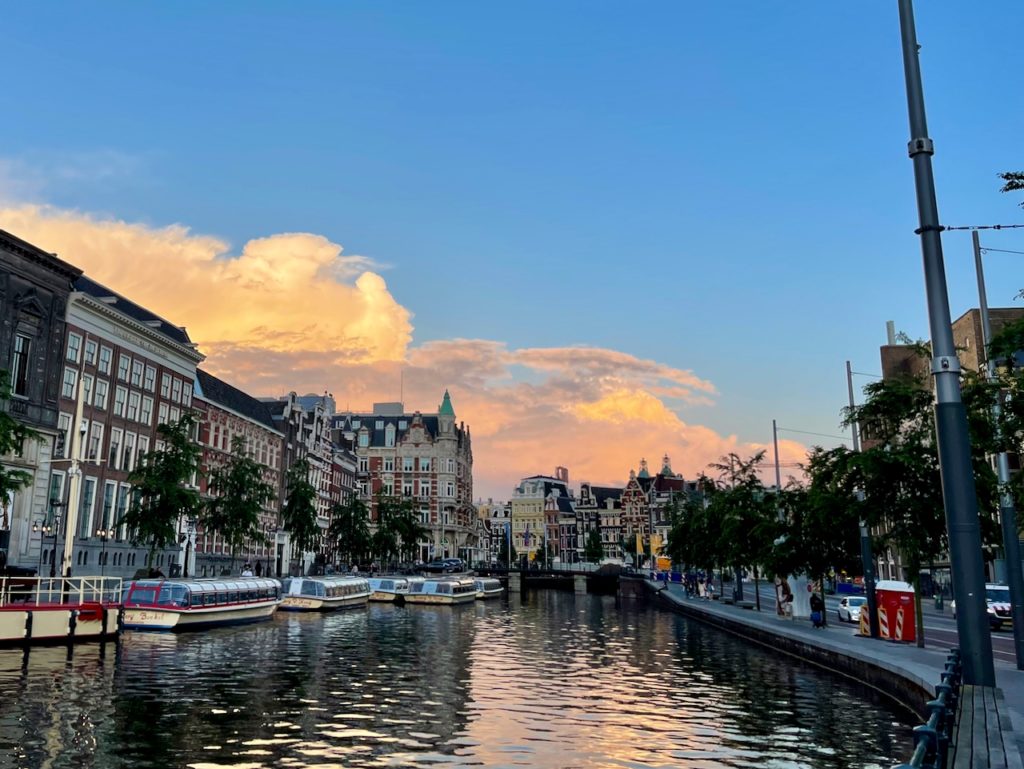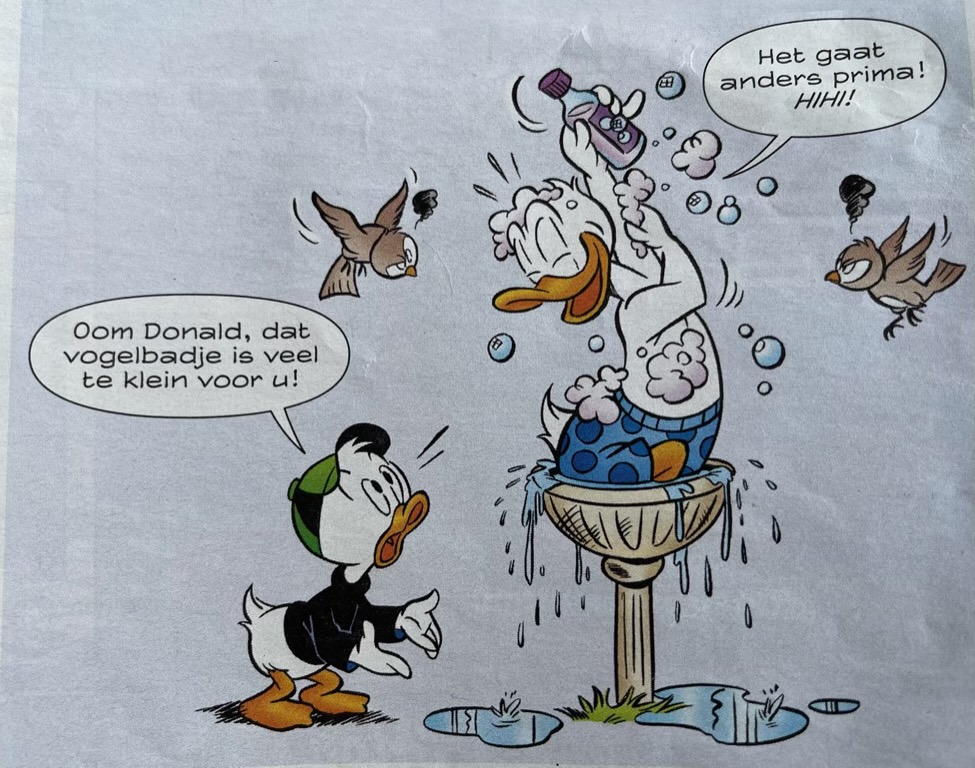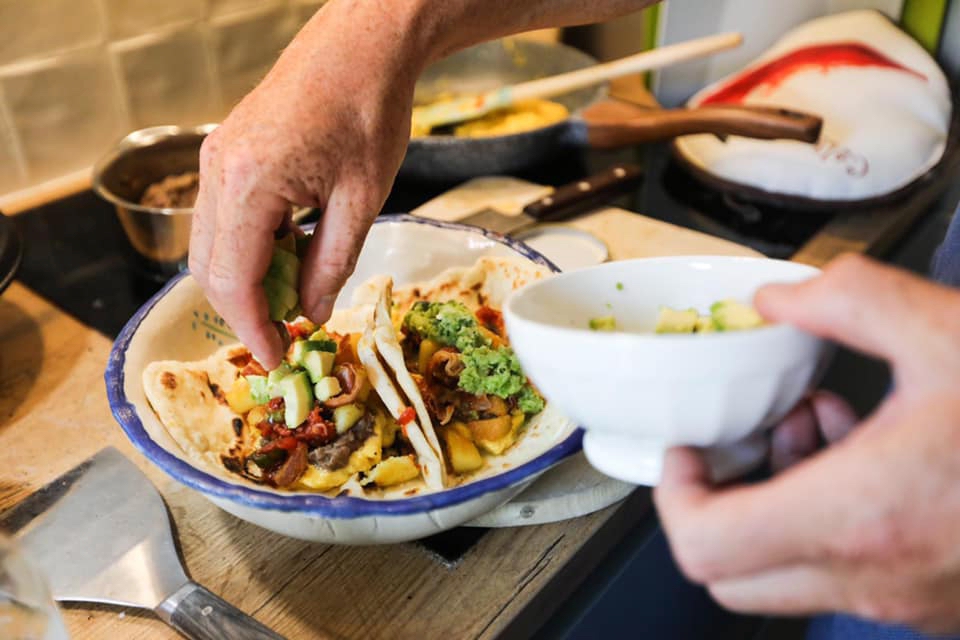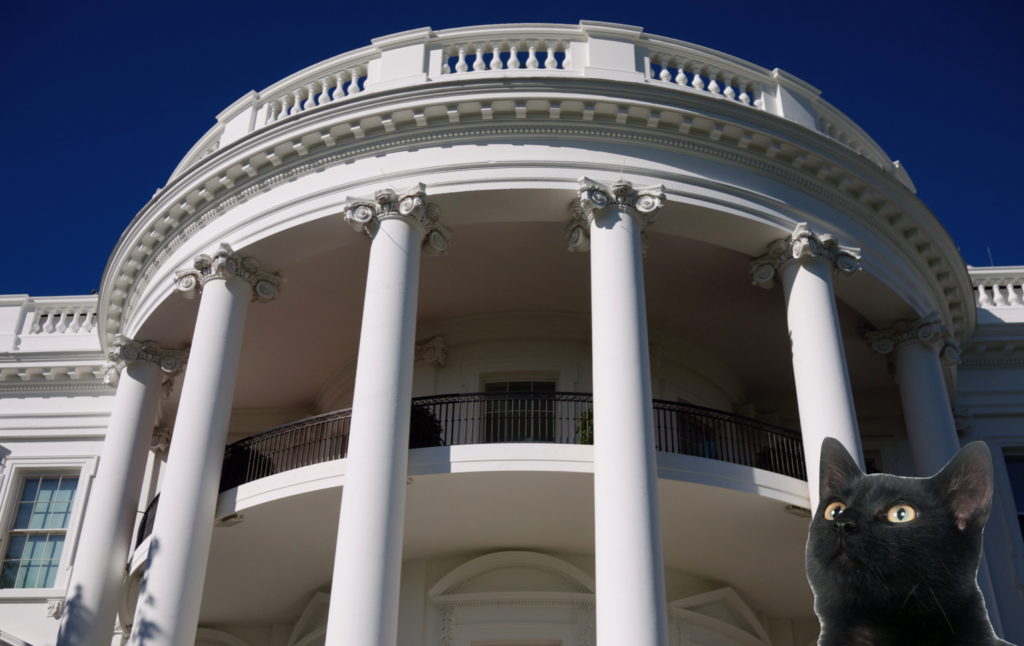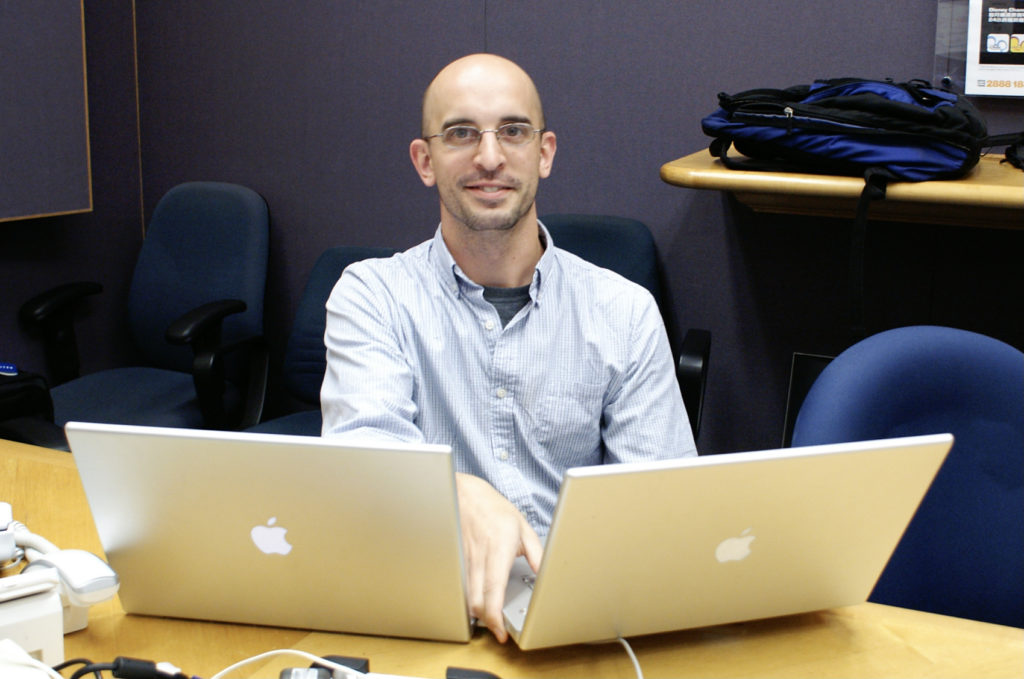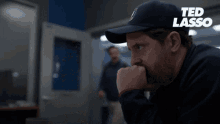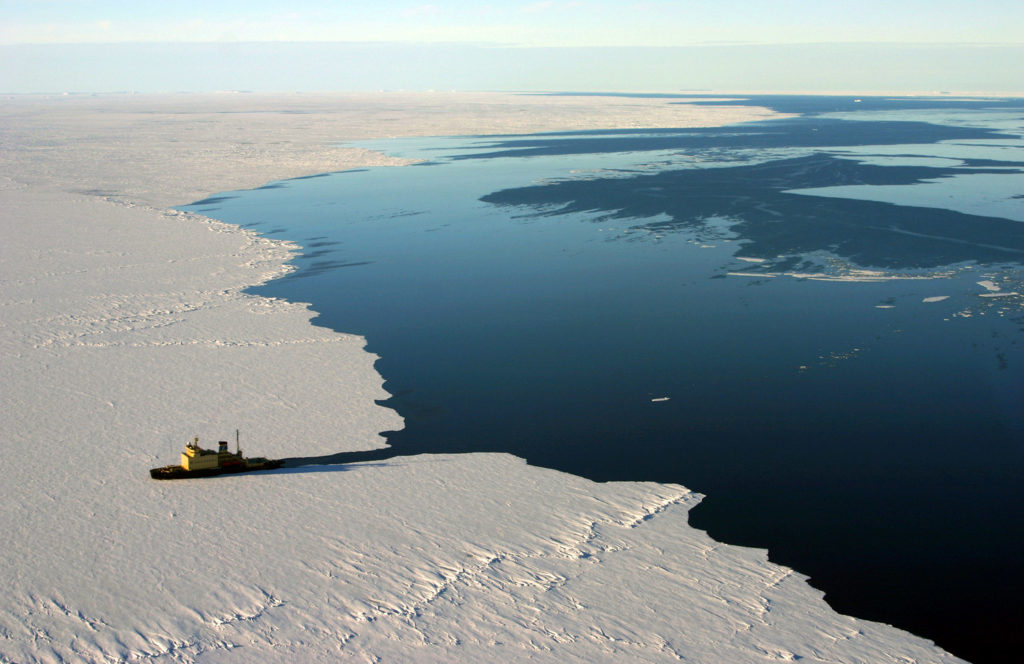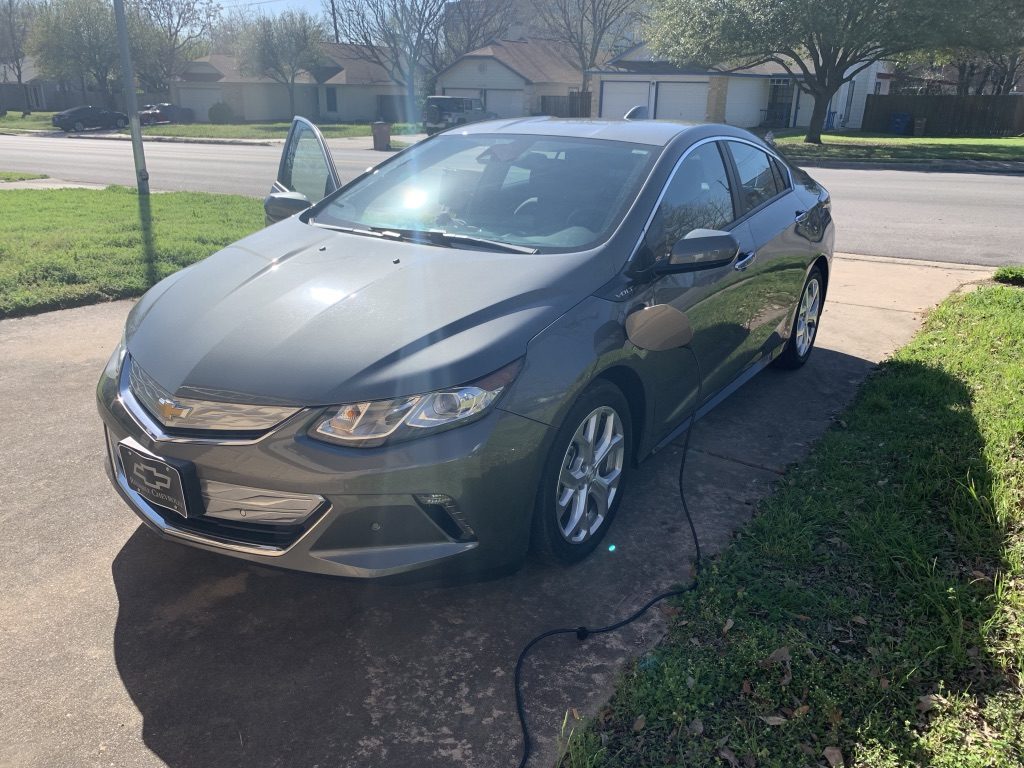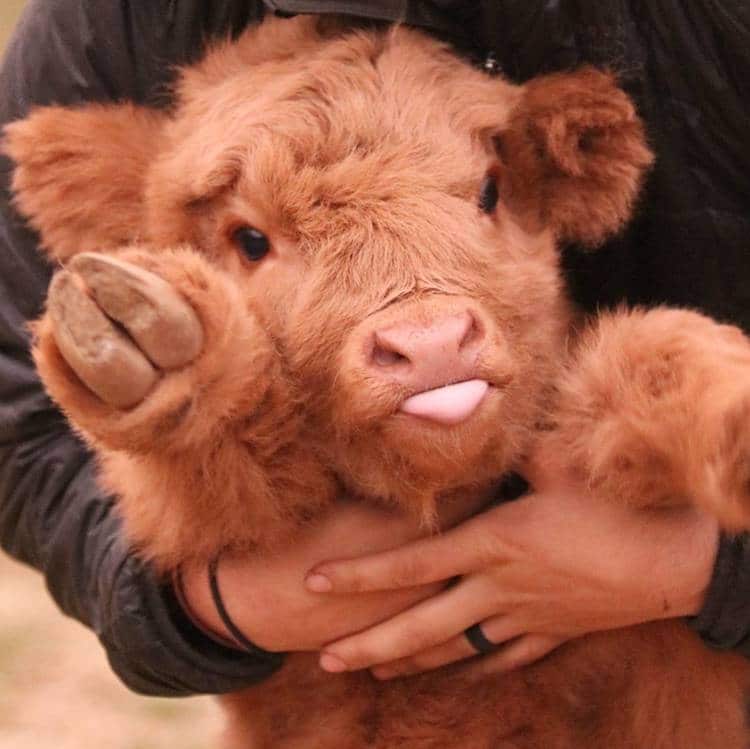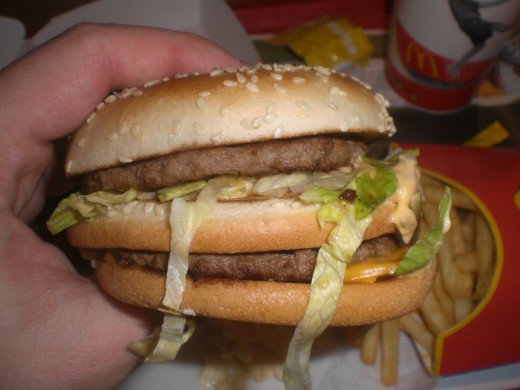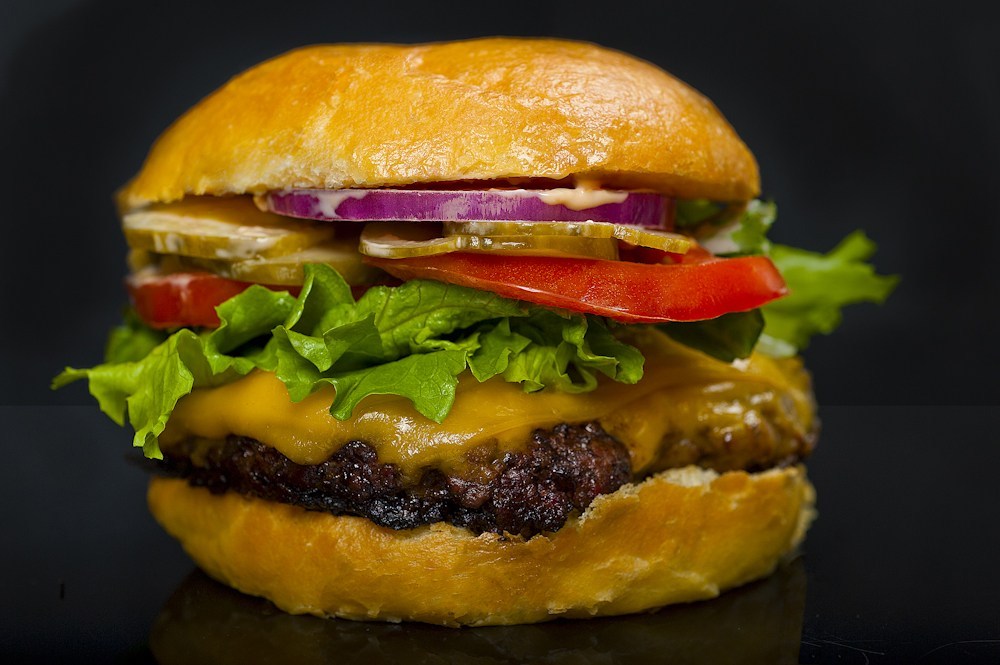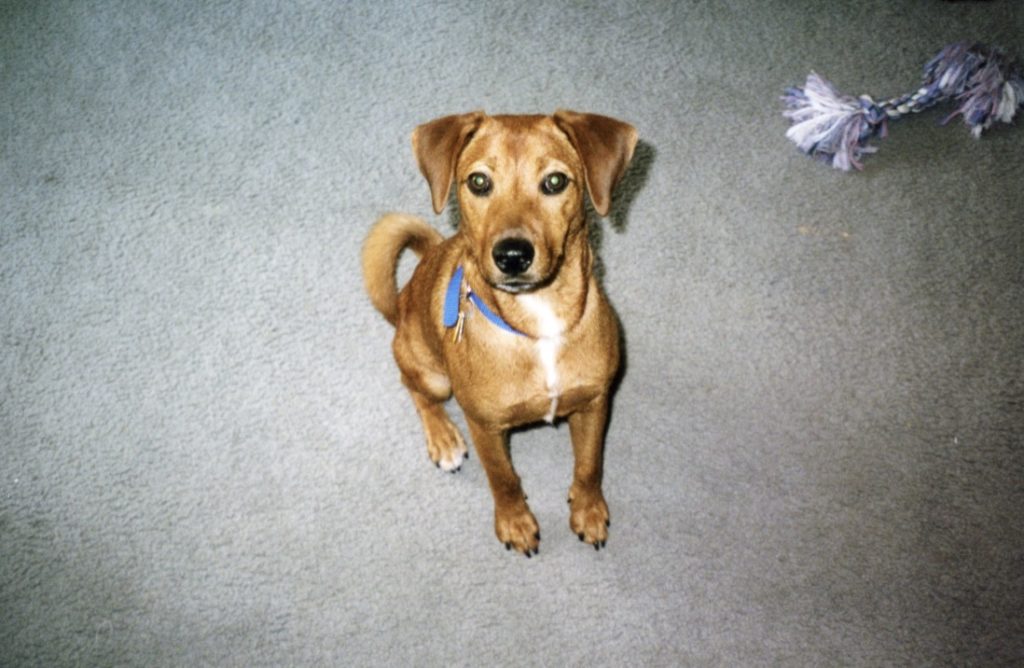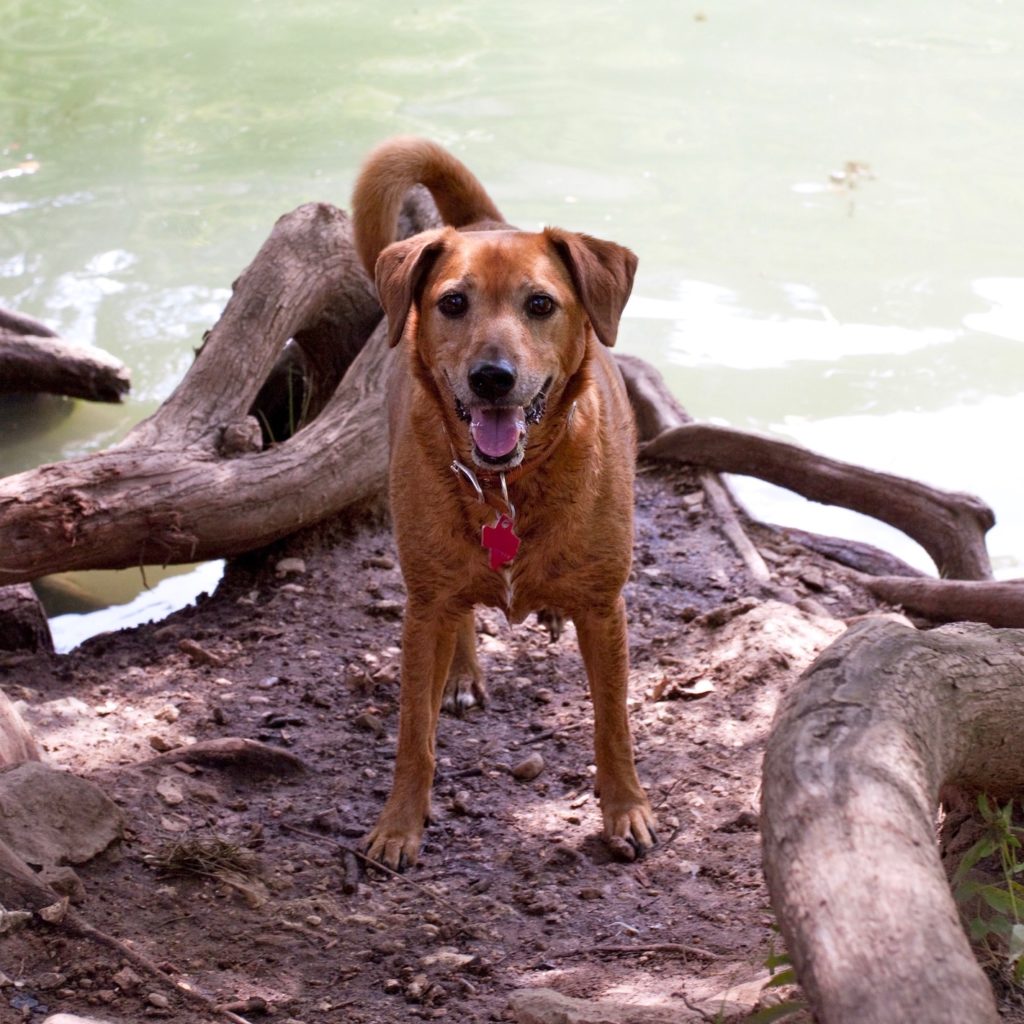Editor’s note: There are a lot of Star Trek references in this entry. I’m not gonna explain them all.
It’s a given that I’m a Star Trek fan1, although with a healthy ironic distance. I’ve long said that Star Trek is better in theory than in practice. For every “Measure of a Man” there’s a “Rascals.” For every even-numbered movie there’s an odd-numbered one. For all its idealistic futurism and exciting technobabble, Star Trek is often extremely… oh, what’s the word… silly.
I say all that not to present myself as “cooler than Star Trek”—that ship sailed on the day I got a fucking improv tattoo—but to acknowledge that the things we love, however unconditionally, have their flaws. And yet, from the debut of “The Next Generation” in 19872 to “Lower Decks” today, my love has persevered. I vividly remember my mom explaining to me what a “clifffhanger” was when Riker told Worf to fire and the chyron said “To be continued.” (I reliably get goosebumps any time I think about that episode, including just now.) Silly or not, Trek is in my blood… and, to come around to my subject matter, Trek has brought me to some truly, deeply weird places in life. Here are the greatest hits.
The USS Legoprise (2002)
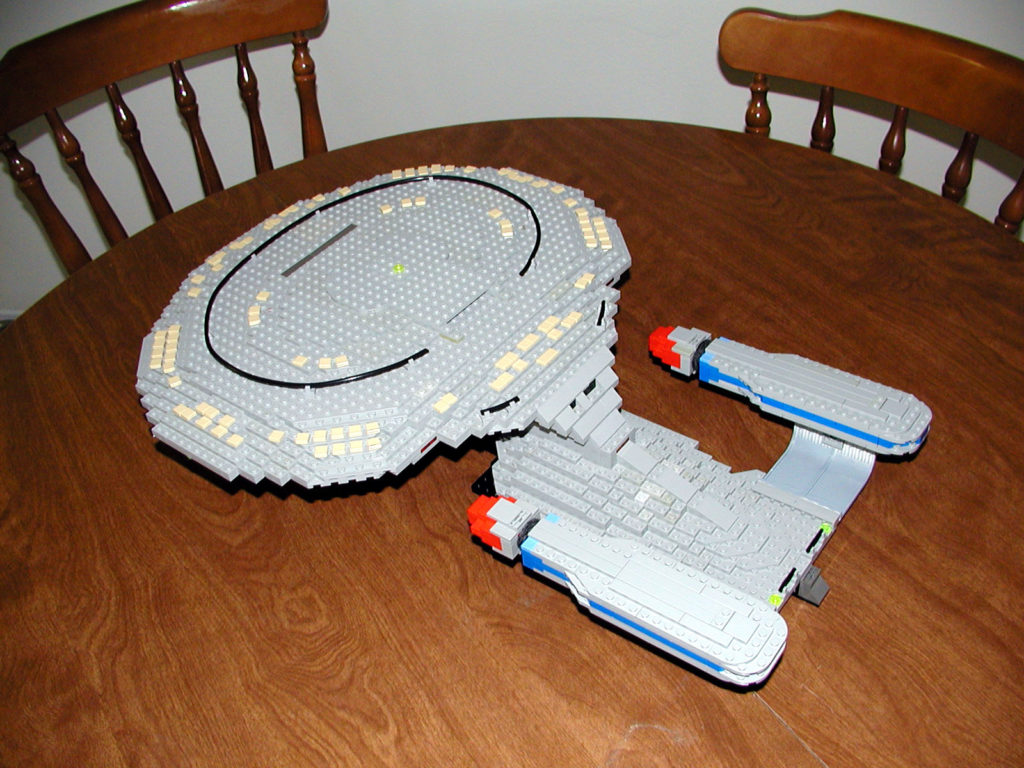
My passion for Lego is equal or greater than for Star Trek, and worlds collided in 2002 when I embarked on a slightly quixotic goal to build the Enterprise-D out of Lego.3 Unlike 99% of such projects I undertake, I saw this one through to completion, ordering Lego from Bricklink (then an upstart little website; now a Lego-owned subsidiary) and tinkering on and off for the better part of a year. Then I made a rudimentary webpage with a gallery of images and emailed a link to a couple dozen friends whom I thought would be interested.
“Going viral” wasn’t yet a term, but that’s exactly what happened next.
My little webpage was featured on Slashdot and Fark, the closest things we had to social media in 2002. Tweets and comments didn’t exist, but emails poured in from around the world for months (at least one written in Klingon). I even got a message from Wil Wheaton, who told me the Legoprise was “the coolest version of the Enterprise I’ve ever seen.” By the time my 15 minutes of Internet fame were up my page counter (remember those?) topped 50,000, truly impressive for the time.
As Lego’s popularity has multiplied exponentially in the last 20 years, I’ve had to remind myself that I was far ahead of the curve with this whole project. Nowadays you can find many, many renditions of the Enterprise in Lego which (I say with no hurt feelings) are much better than mine. But, as far as I could tell in the days before Web 2.0, my Legoprise was darn near the first.
Star Trek Las Vegas (2004)
Right around the same time in my life I had discovered improv, which I somehow loved even more than Lego or Star Trek. (I was a straight white man in my 20s. Of course I discovered improv.) At the Hideout Theatre I was fortunate enough to be a part of Start Trekkin’, the Original Series-flavored show that was a sporadic production there for years afterward. My timing was lucky, because in 2004, Andy Crouch somehow snagged an invitation for the Start Trekkin’ cast to perform two shows at the official Star Trek convention in Las Vegas. A whole gang made the trip.
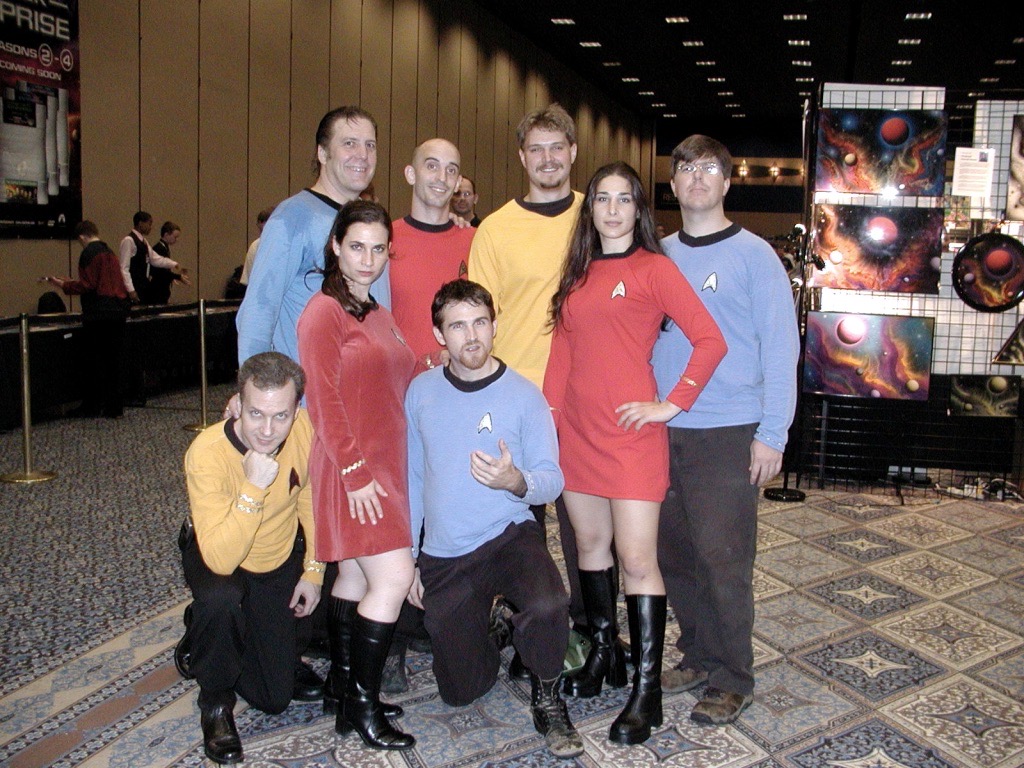
I don’t remember too much about the shows (besides the bad acoustics) but to this day it was the largest crowd for whom I’ve ever performed: perhaps 500 on the first day and maybe 1,000 on the second. I played the villain, Captain Kronkite, in the first show and was a nameless supporting player in the second. We earned enough fans to get us stuck in the convention hall for 20 minutes posing for pictures. One boy, perhaps confused, asked our “captain” Ben to autograph his 8×10” glossy of William Shatner.
On our last day in Vegas I was riding the elevator alone down from my room, and after a couple of floors a woman got on with me. We rode in silence for a few seconds, and then she respectfully nodded at me and said: “Captain Kronkite.” I blushed.
Mortified (2018)

When I was younger I wrote my diary entries like they were Star Trek-style captain’s logs. That’s not even a mild exaggeration.
It’s the sort of nerdery that nobody should ever find out about, that even I myself might only half-remember as an adult. Fortunately for us all, though, “Mortified” exists. That’s a live show where people read their actual childhood diaries onstage—it’s hilarious and cathartic, and as you’re realizing already, my Trek diary was “Mortified” gold.
I received multiple invitations to perform at “Mortified” shows in Austin. As if that weren’t enough, in 2014 they flew me to New York for a special performance at New York Comic-Con where I shared the stage with Amber Benson, Pete & Pete, and other nerdy luminaries. As if that weren’t enough, the performance was recorded and later became episode 3 of the now-popular “Mortified” podcast. (Listen now!) And as if THAT weren’t enough, two years later, I had a TV crew in my goddamn house to film the reality series “The Mortified Guide”. (Alas no longer on Netflix, but you can rent it on Amazon; I’m in episode 5.)
Decades after I’d put pen to paper, my nerdy love for Trek earned me another quick 15 minutes of fame. I was recognized twice by strangers on the street!
Star Trek Las Vegas II: The Wrath of Kevin (2021)
Just when I thought life might be done throwing me Star Trek curveballs, after 17 years, Vegas (or more literally, my friend Eric) came calling again. Improbably, it was the exact same gig as before—improvised Trek at the big Vegas convention. There were a few key differences though: the troupe was now “USS Improvise” out of Portland; the performing genre was TNG rather than TOS; it was musical improv, my first such show since the pandemic; and, most incredibly, I was going to play Captain Picard.

This silly one-hour show opportunity felt like the culmination of all my life’s Star Trek nerdery. I’M PLAYING CAPTAIN FUCKING PICARD AT A STAR TREK CONVENTION. Finally, I understand why I went bald.
Of course the pandemic made this a more muted affair than it’d otherwise be. (In fact, this was my second invitation to perform with USS Improvise; the first was in March 2020, and we all know how that went.) As the Delta variant and anti-vaxxers have tag-teamed their way across America, this show too balanced on a knife’s edge, with literal last-minute changes. But on Saturday night in front of a couple hundred enthusiastic Trekkies, it happened. My Portland castmates did a great job supporting their jet-lagged guest captain as we improvised a tale about the Enterprise crew dealing with a species of sentient furniture. Data decided he wanted to live in an armoire, Riker did a sexy tango with a chair, the chair’s husband got jealous, and so on.
And I can’t prove it, but I like to think there was at least one person in the audience who saw me onstage and thought to themselves: “Hey, that’s the Mortified guy!”

